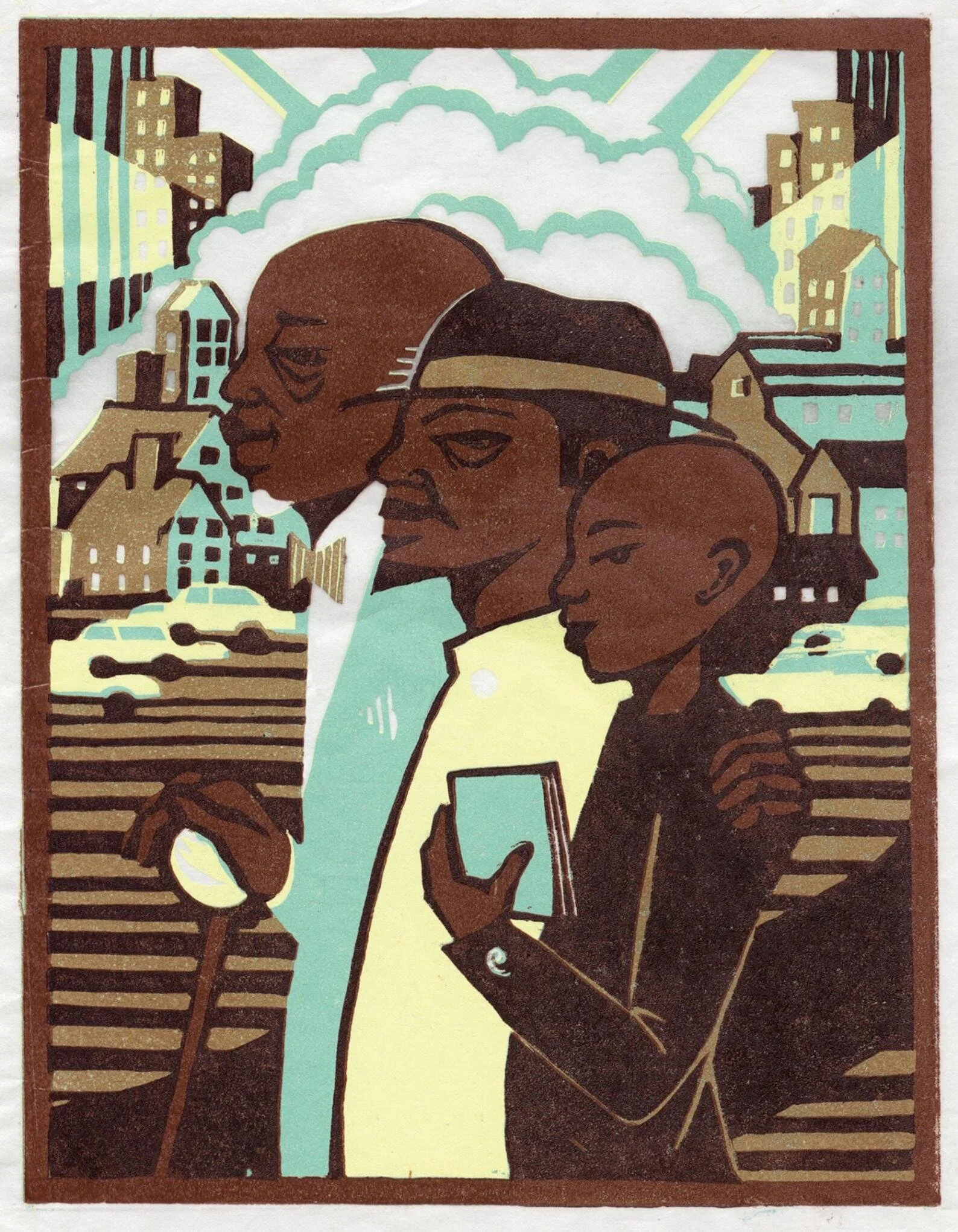One Last Word: Wisdom from the Harlem Renaissance, by Nikki Grimes
Way back in 2017, I wrote (very very briefly) about One Last Word: Wisdom from the Harlem Renaissance, by Nikki Grimes, at Kirkus.
And after having just re-read it AGAIN—this is one of those books that I can’t help but open every time I shelve it at the library, sometimes to look at the art, sometimes to dip in and out of the poetry, sometimes both—I am finding that I’m just as incapable of finding the words to describe my love of it as I was back then.
That shouldn’t be surprising—it’s always the books I love the most that reduce me to spluttering, “HERE. THIS. GOOD. READ.” while shoving it into someone’s hands (if they’re lucky) or face (if they’re not).
Everything about this book delights me, every single thing about it is so clearly suffused with love and consideration and care:
• The dedication—especially in the context of the poems that follow it—shows that Grimes is giving the same gift to her young readers that Julius Lester gave to her teen self when he told her that her “words mattered”
• The preface makes it clear that she’s using her platform to both give thanks and appreciation to the poets who came before her AND to point a new generation of readers in their direction
• The nonfiction sections—an overview of the Harlem Renaissance, a brief author’s note about Langston Hughes’ poem “Mother to Son,” biographies of all of the poets and artists featured in the book, a comprehensive bibliography, and (my heart!) an index—show, again, a respect for the creators and material that she’s working with, both in the present day, and across (in some cases) many, many decades
So, on to the poetry itself!
In One Last Word, Grimes uses the Golden Shovel form. With the Golden Shovel, a poet uses a line from a previous poem—or, in some cases, an entire short poem—to serve as the ‘striking line.’ The striking line is the base for a new piece, in which each line of the poem will end with a word from the original, in order.
In terms of formatting, the words from the striking line are in bold, which creates a beautiful and constant visual reminder that every single piece in this collection—some that deal with issues and situations and thoughts and emotions that might have been foreign to the original authors, others that would have been very, very familiar—is a celebration of and conversation with someone who came before.
It’s just so gorgeous, both in concept and in execution.
And speaking of gorgeous, here are two of my very favorite pieces of art featured in the collection: Right It, by Frank Morrison, and a piece* by Shadra Strickland:
I just.
Being able to pull the book off the shelf and look at these images any time I want is truly and honestly a gift and a treasure?
In early January, Nikki Grimes has a related collection—Legacy: Women Poets of the Harlem Renaissance—coming out, and I am so excited about it that I’m pretty much VIBRATING.
_______________________________
*I haven’t found a title for that piece, so there is one and you know it, please let me know & I’ll update!












